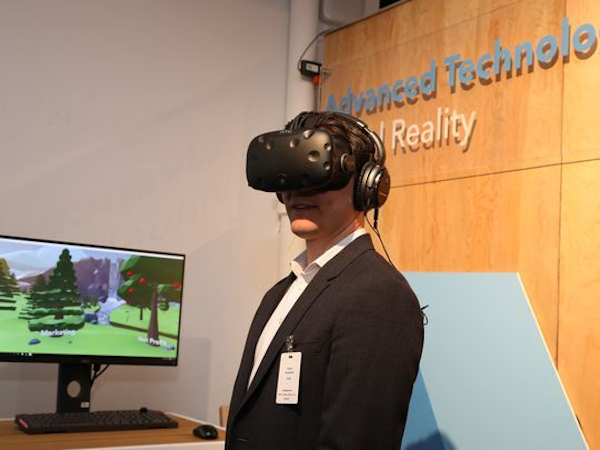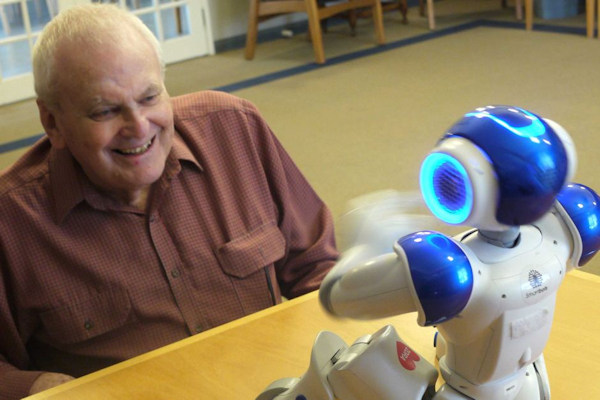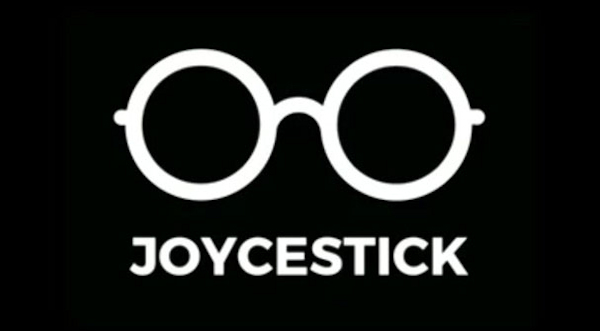Call for Papers
Morality Play
The Design of Games for Moral Engagement
Workshop at DiGRA 2017
Melbourne, Australia
July 3 2017
http://digra2017.com/workshops/
Paper submission deadline: Thursday April 13, 2017
After the success of the Morality Play workshop in 2016, we would like to announce a follow-up workshop for the 2017 Digital Games Research Association (DiGRA) conference (http://digra2017.com).
Questions of morality are a pervasive topic for media and the arts. Across every medium we see artists engaging audiences with challenging moral questions concerning topics such as war, crime, corruption, fidelity and the abuse of power. Questions of morality have long been central to how we understand ourselves, our lives, and our cultural contexts; and in turn our art forms have reflected, embodied, and challenged beliefs about right and wrong.
Games, however, seem to have long existed in a moral vacuum.… read more. “Call: Morality Play – The Design of Games for Moral Engagement (DiGRA 2017 Workshop)”




